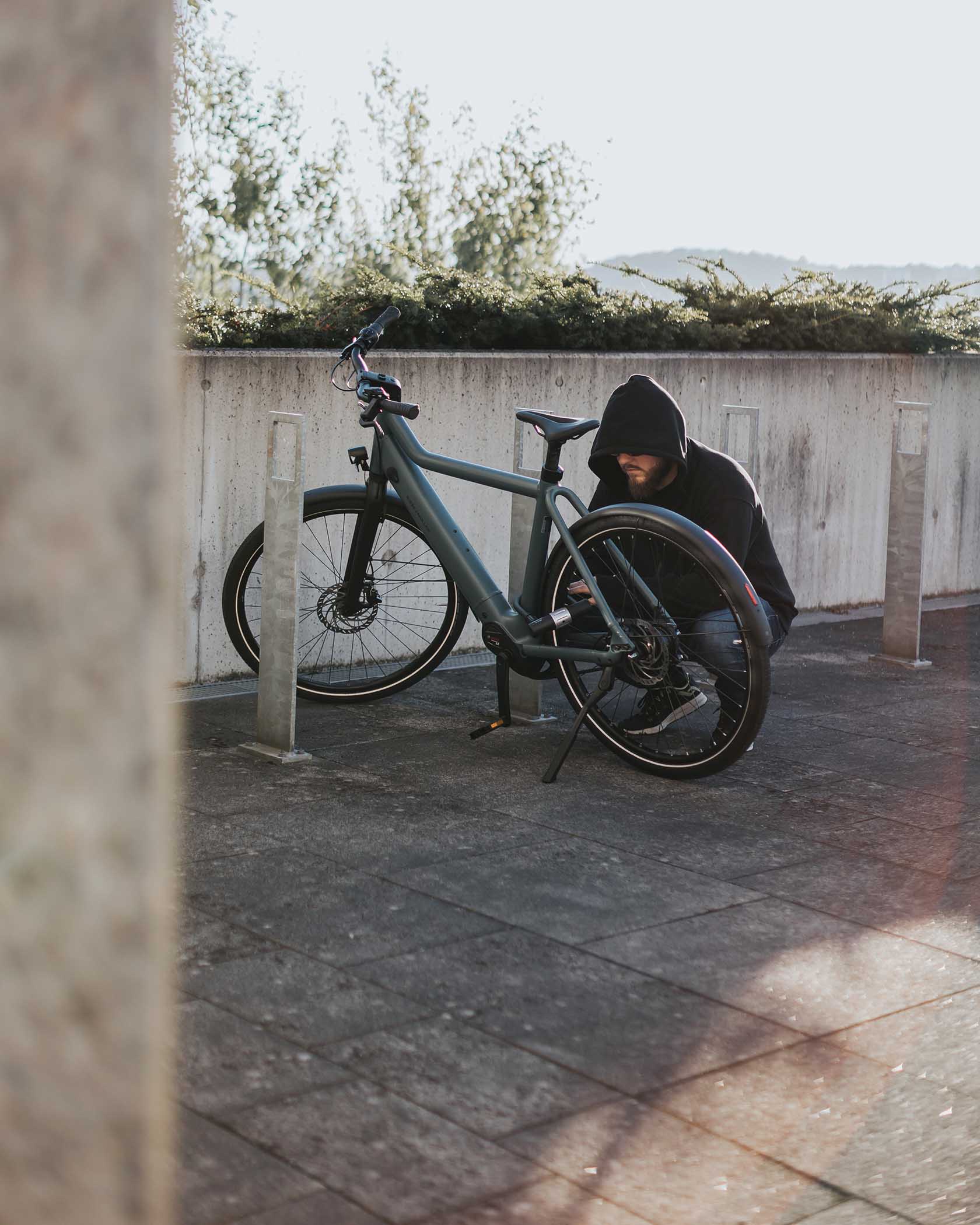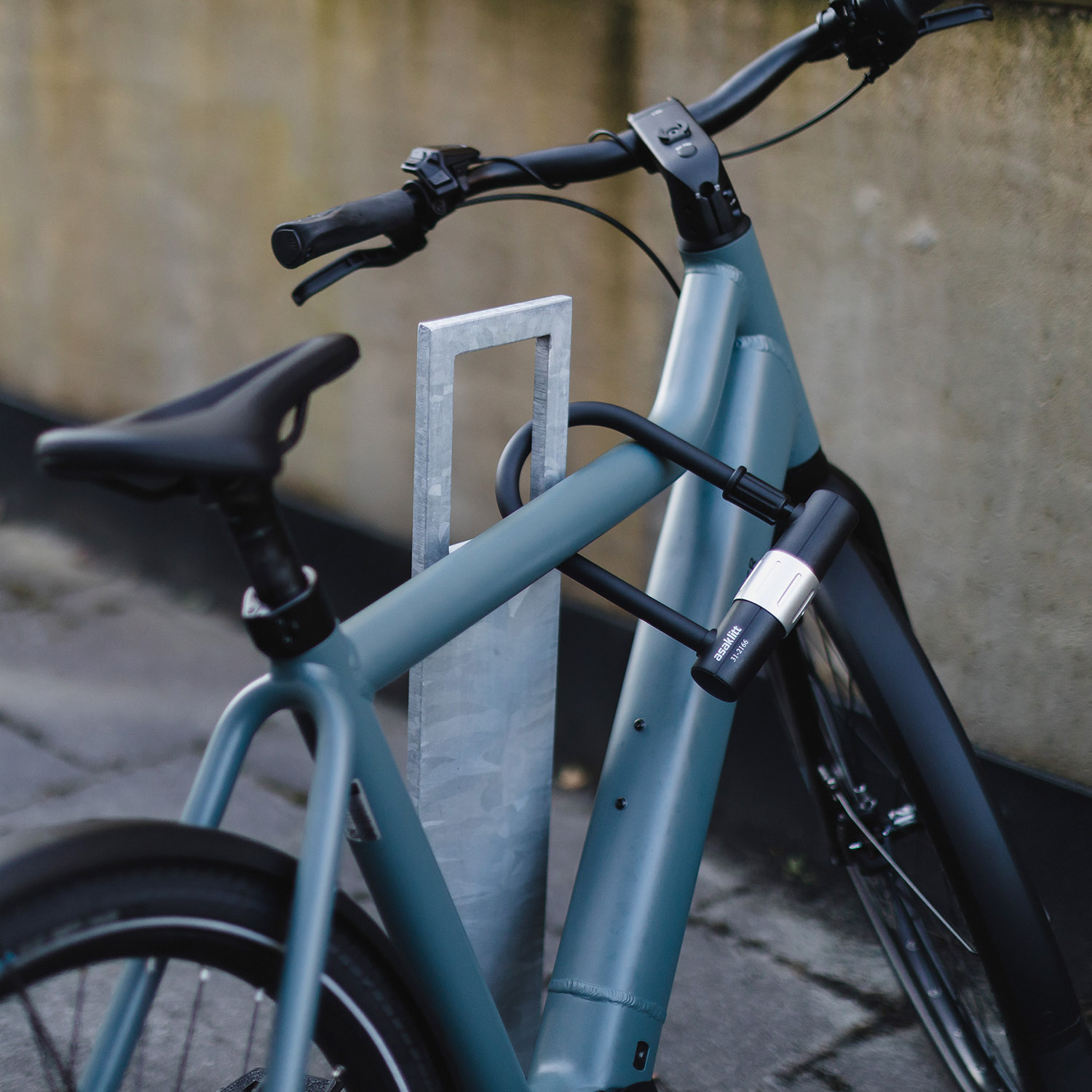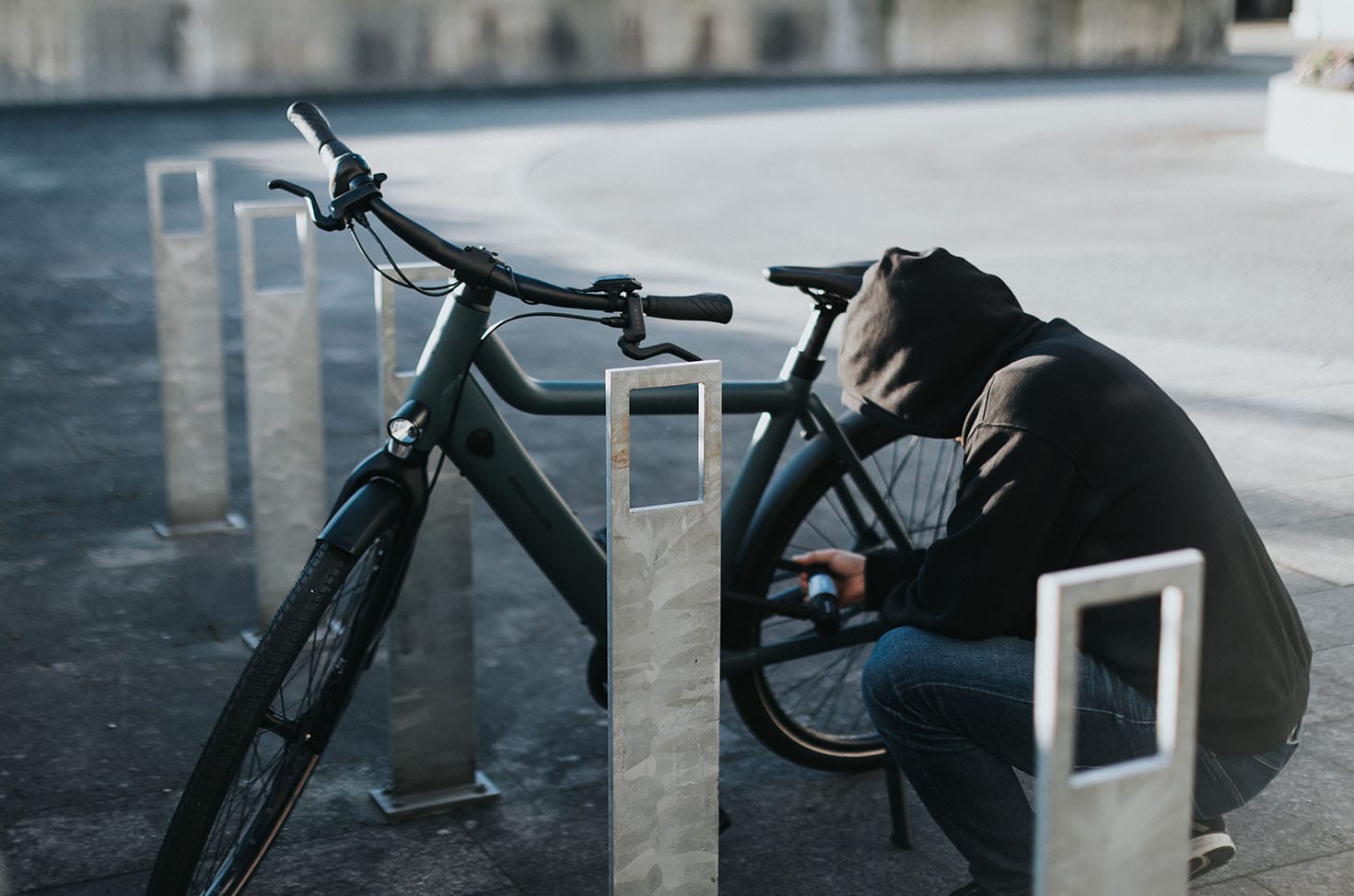How to Avoid Bike Thieves: Common Bike Theft Hotspots and Prevention Tips
The how, where, and why bikes get stolen
Bicycle theft is a significant issue affecting cyclists everywhere, from opportunistic grabs to organized theft rings. The financial loss can be hefty, from a few hundred to thousands of dollars, especially for high-end or electric bikes. But let’s be real, it’s the emotional gut punch that stings the most, particularly if your bike is your trusty steed for daily commuting.
Why Do So Many Bikes Get Stolen?
Bikes are like candy for thieves — they’re easy to grab and go. Unlike cars, they can be effortlessly lifted and whisked away, making them low-risk, high-reward targets. The risk is even higher for bikes left unattended for long periods or poorly secured. Even leaving your bike outside overnight, left at a bike rack, home or locker during the day dosen’t guarentee saftey from theft. Thieves aren’t picky—they’ll use anything from bolt cutters to brute force to steal bikes. This includes cutting locks, lifting bikes into vehicles, and targeting bikes in busy public places like train stations, shopping centers, and parks.

Who are these Bike Thieves?
Understanding the usual suspects can help craft smarter prevention strategies.
Turns out, evidence shows most bike thieves are young males under 20. They often steal bikes for a quick joyride and ditch them later or sell them for fast cash (Cycling UK, Discerning Cyclist).
Here’s a breakdown of thief motivations:
- Joyrides: These are your casual culprits who steal bikes for a temporary thrill or a quick ride. Typically younger, they often abandon the bikes once they’ve had their fun.
- Cash Trade: Many bike thieves are in it for the money, quickly flipping stolen bikes for cash or trading them for goods, sometimes even drugs.
- Specific Requests: Some thefts are more sophisticated, carried out to fulfill specific orders for certain types of bikes. These can be professional criminals – often part of larger criminal enterprises.
Locations Where Bikes Are Most Commonly Stolen
While bike theft can happen anywhere, certain areas are more prone to this crime:

- Residential Areas: High-density urban areas with limited storage space see more bike thefts.
- Universities and Colleges: Student bikes are prime targets, often left unattended for long periods.
- City Centers: High population density and long periods of unattended bikes during busy hours make city centers hot spots.
- Train and Bus Stations: Commuters leaving bikes for extended times are frequent victims.
- Bike Racks and Lockers: Often falsely perceived as safe, these areas can attract thieves due to the assumption of security.
How NOT to Get Your Bike Stolen 101
To reduce the risk of bike theft, consider these steps:
- Use High-Quality Locks: Invest in robust locks with a high-security rating.
- Secure Both Frame and Wheels: Lock the frame and wheels to a solid object.
- Choose Safe Parking Spots: Opt for well-lit, busy areas to park your bike.
- Register Your Bike: Registering with local law enforcement or online databases can aid recovery if stolen.
- Indoor Security: Use locks, install alarms or security cameras, and ensure restricted access to storage areas.
Takeaways
Understanding the behaviors of bike thieves and the most common areas for theft is crucial. Properly securing your bike and being aware of high-risk areas can significantly reduce the chances of your bike being stolen. For enhanced security, consider using a reliable bike tracker from BikeFinder, which can help in tracking and recovering your bike if it’s ever stolen.
By staying informed and taking proactive measures, cyclists can better protect their valuable two-wheeled companions.
For more information on bike security, check out our BikeFinder tracker!

